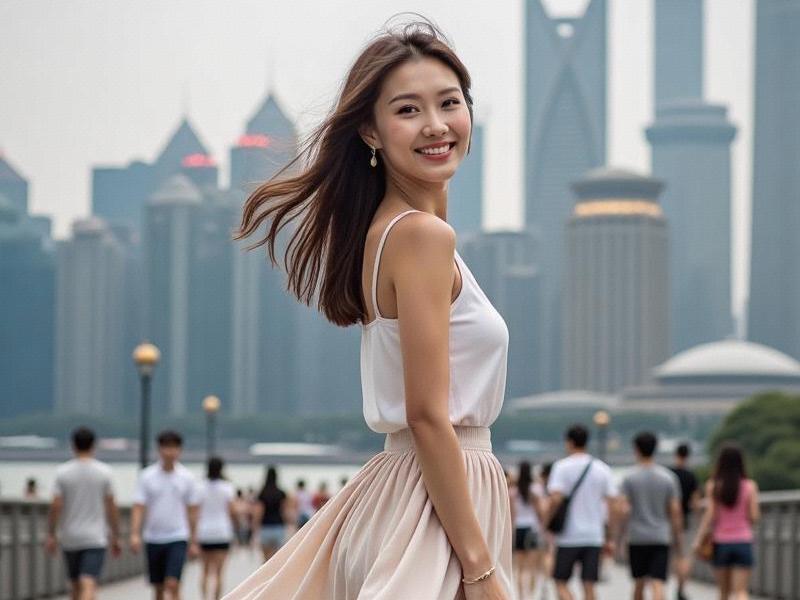This investigative report examines Shanghai's unique balancing act between rapid modernization and cultural preservation, exploring how China's financial capital maintains its historical soul while racing toward the future.

The scent of freshly baked shengjianbao (pan-fried pork buns) mingles with the aroma of single-origin espresso outside a 1930s shikumen residence-turned-artisanal-food-hall in Shanghai's Tianzifang district. This sensory juxtaposition perfectly encapsulates Shanghai's current moment - a metropolis simultaneously embracing its past and pioneering China's urban future.
Architectural Time Machine
Nowhere is Shanghai's dual identity more visible than in its skyline. The Bund's colonial-era buildings stand in silent conversation with Pudong's sci-fi towers across the Huangpu River. Urban planners have implemented strict "view corridors" protecting sightlines between historical landmarks, even as they approve daring new projects like the 632-meter Shanghai Tower. "We're not building a new city over the old one, but rather weaving timelines together," explains architect Li Wei of the Shanghai Urban Planning Institute.
上海龙凤千花1314 The Culture Economy Boom
Shanghai's creative industries generate over $85 billion annually by transforming heritage into economic assets. Converted factories like M50 and 1933 Old Millfun now house design studios and tech startups. The city's 128 officially protected historical buildings attract both tourists and innovative businesses seeking authentic atmospheres. "Our augmented reality tours help visitors see through time," says tech entrepreneur Zhang Min, whose startup projects historical images onto contemporary streetscapes.
Living Traditions in a Digital Age
上海龙凤419会所 Beyond architecture, Shanghainese traditions thrive in modern contexts. The Shanghainese dialect, once declining among youth, has seen revival through viral social media campaigns. Local opera troupes perform classic works in repurposed industrial spaces with contemporary staging. Even the humble hutong breakfast stall has gone digital, with over 3,000 traditional food vendors now accepting mobile payments and appearing on delivery apps.
Global Flows, Local Roots
As China's most international city, Shanghai absorbs global influences while exporting its own culture. The recently opened Shanghai International Cultural Exchange Center hosts residencies for foreign artists studying traditional Chinese crafts. Meanwhile, local fashion brands like Uma Wang show collections in Paris and Milan that reinterpret Shanghainese textile traditions for global audiences.
上海娱乐联盟
The Road Ahead
With Shanghai's population projected to reach 30 million by 2030, the tension between preservation and progress will only intensify. The city's experimental "Cultural DNA" mapping project aims to identify and protect intangible heritage elements even as physical spaces transform. As Mayor Gong Zheng recently stated: "A true global city isn't measured by how futuristic it becomes, but by how well it carries its history into the future."